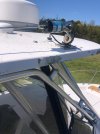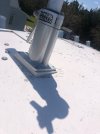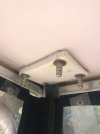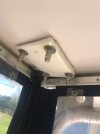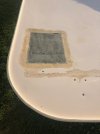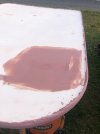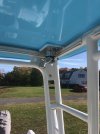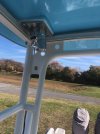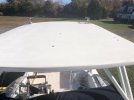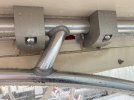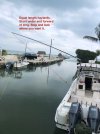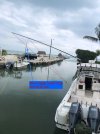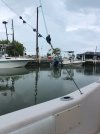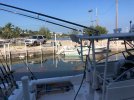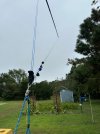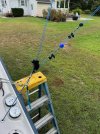Hi,
I installed them without the welds. About 3 years ago. No issues to date.
GW recommends the brackets that are welded to the hardtop frame and does this if they are ordered from the factory.
It is a lot of work if you decide to do this. You need to remove the top and any associated electronics, remove any wiring in the pipes to the hardtop and then do the welding.
I ended up rationalizing that I would do it without the welded brackets and if the top cracked, then I would replace it and weld them in at that time. As stated it worked out fine to this point.
Some ideas
- I used Taco GS270s. They leverage a four bolt mount pattern around the center thru hole. I also used the wedges to compensate for the hardtop rolloff, not really needed, but does ensure the outriggers are vertical. There are 3 different angle plates sold as I recall. Can't be sure, but I thought it was the seven degree ones that I used. These are hard plastic pieces that go between the hardtop top and the outrigger base.
- Use a backing plate on the other side. Taco sold these as well.
- Use tube spacers. These are hard plastic tubes that go in the 4 mounting holes and the bolts go thru them. This gives you added protection against the hardtop being damaged when the mounting bolts are tightened.
- Seal everything with 4200. The center hole edges, the mounting hole edges, the side of the tube spacers that meet the hardtop, the wedge plate surface and under the outrigger base. I over did this to ensure there was no way water could get into the hardtop coring (which is balsa).
- Tighten snug and then use a crossing pattern (on the diagnol) to tighten down.
- Finally, consider the telescoping poles. These collapse down and are out of the way when not in use or if you have bridges or other overhead concerns.
The toughest part is drilling the first hole. Once you do this, your committed and the job goes fast.
Good luck.


